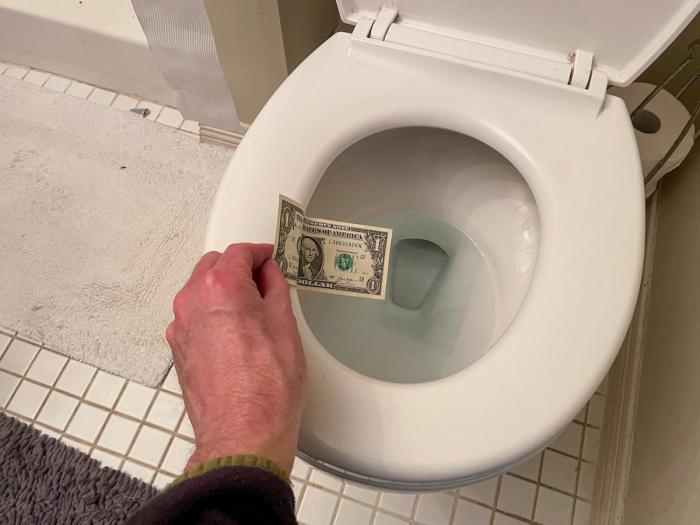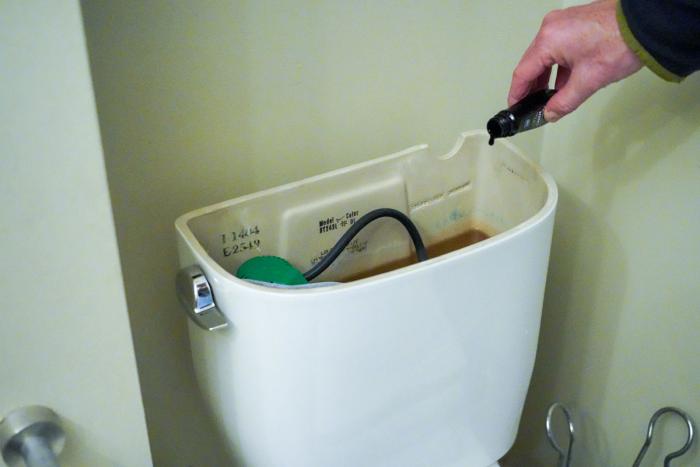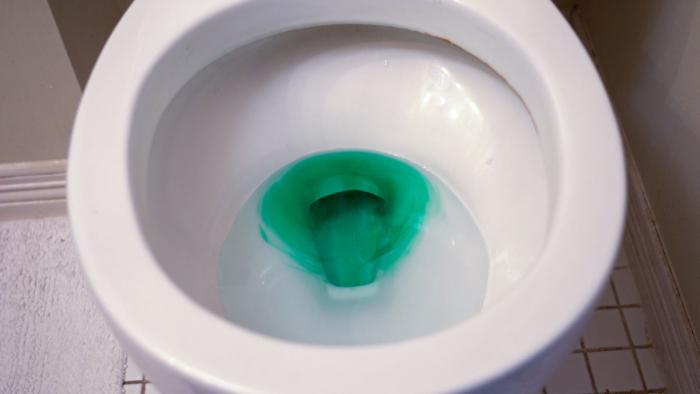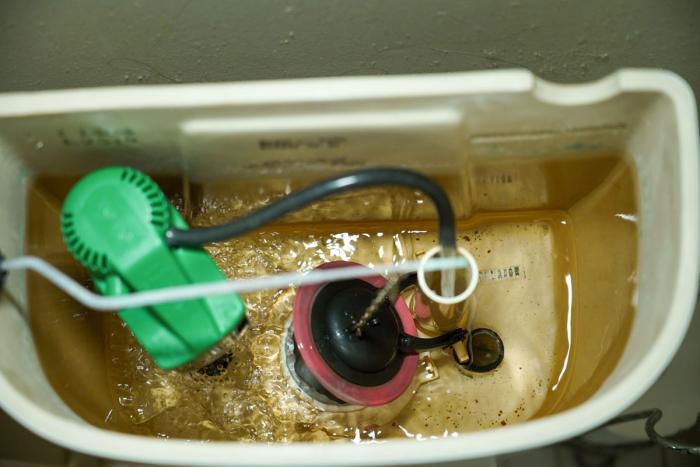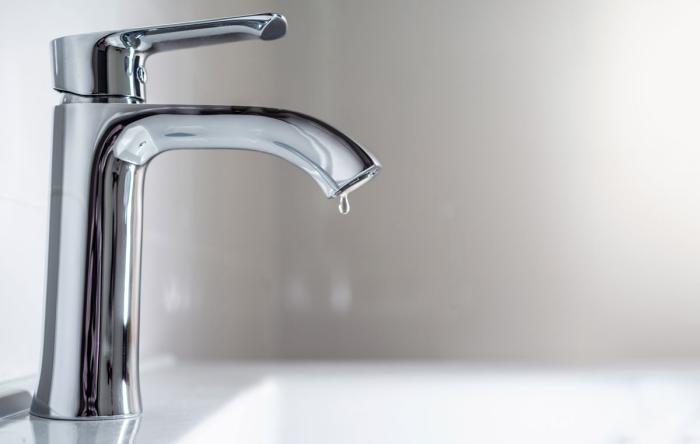Stop your running toilet during Fix a Leak Week
Across the U.S., Americans waste about 1 trillion gallons of water every year through water leaks and spend about 10% of their water bill on wasted water, according to the Environmental Protection Agency.
The numbers are staggering, which is why the EPA launched Fix a Leak Week, an annual nationwide campaign that runs from March 18-24 in 2024.
The EPA estimates that 10% of homes across the U.S. have leaks that waste around 90 gallons of water every day. That’s 32,850 gallons every year!
“Across the country and especially here in the West where water is scarce, it’s more important than ever to use water efficiently and check for leaks around the house,” said Austin Krcmarik, water efficiency planner at Denver Water. “If you’ve got a leak at home, you’re also spending money on water that you’re not even using.”
Running toilets
The biggest cause of toilet leaks is worn-out flappers. These are the rubber parts that seal off the tank from the bowl. Over time, the flappers decay and allow water to slowly leak into the bowl.
Another common cause of toilet leaks is when the float arm is not set properly, which causes water to constantly flow down the overflow/refill tube.
The EPA reports that an average leaking toilet can waste about 200 gallons of water every day. You can calculate the water waste with this drip calculator from the American Water Works Association.
Stop leaks around the home with this indoor self-audit.
For Denver Water customers, a leak of 200 gallons per day could add between $270 to $470 per year onto your water bill depending on where the customer lives.
You can do an indoor self-audit to check for leaks in your house. EPA also has a good checklist and another list to involve kids in being smart about water use.
How to check if your toilet is leaking
After a flush, listen for the sound of running water continuing after the tank has filled.
Or, drop a dye tab or a few drops of food coloring into the toilet tank. If there is a leak, color will appear in the water in the bowl after about 10 minutes.
The darker the color, the larger the leak. Make sure to flush and scrub the bowl after the test to prevent stains.
Watch a time-lapse video, below, of a toilet leak using food coloring.
Fixing flappers and float arms are relatively simple and inexpensive repairs. Replacement parts can be found at hardware and home improvement stores and there are many resources online to help guide you through the fix.
In addition to checking toilets for leaks, the EPA also suggests inspecting all water sources in your home, including faucets, showers, and water supply lines for dishwashers, washing machines, swamp coolers and ice machines.
Other places to check for leaks
After checking your toilet, it’s important to look at other water sources including faucets, dishwashers, showerheads, laundry hoses and swamp coolers. Faucet gaskets and pipe fittings can wear out or get loose over time and slowly leak, which can also cause damage to your house.
Billing
Denver Water encourages customers to look at their monthly water bills and check for unusually high bills that could indicate a leak.
Krcmarik also suggests taking a look at your winter water bill to get a good idea of how much water your household is using when there is no outside irrigation. Denver Water says customers should target using around 40 gallons of water per person, per day. This comes out to around 4,800 gallons per month for a family of four. Anything over this could be due to a leak.
“It really is staggering to see how small leaks really add up over time,” Krcmarik said.
“Here in Colorado, we’re facing major challenges with the Colorado River and ongoing aridification of the entire basin. It is important for our customers to understand their role in saving water and how fixing leaks can make a big impact in our overall water consumption.”


